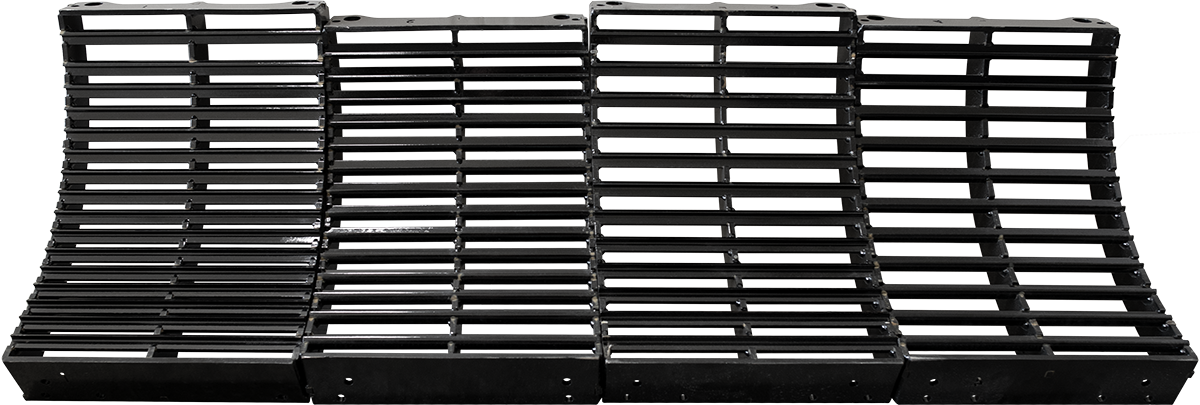Saskatchewan farmers will have fewer overhead hazards to contend with thanks to a pair of programs launched by Saskatchewan’s publicly owned electrical utility company.
SaskPower plans to spend $15 million this year on the Farmyard Power Line Relocation Program and the Rural Electrical Distribution Program.
Under the farmyard relocation program, SaskPower will cover 75 percent of the costs associated with burying or relocating overhead power lines in farmyards.
|
_____ CLARIFICATION _____
Read Also
Rural emergency room closures continue to be vexing problemStaffing issues are at the root of disruptions and closures in hospital emergency departments, both in rural and urban Canadian locations. A Saskatchewan program that offers to share the costs of burying powerlines in farmyards applies only to primary overhead lines that lead from a SaskPower mainline to a farmyard service pole. Secondary lines leading from the service pole to shops, barns, houses, garages and other farm buildings do not qualify for subsidies under the Farmyard Power Line Relocation Program. A story on the program appeared on page 83 in the May 21 issue.
|
Farm customers are responsible for paying the remaining 25 percent, up to a maximum cost of $2,000 per customer.
The second program, the Rural Electrical Distribution Program, is part of a long-term strategy designed to improve the province’s rural electrical distribution system.
Under that program, overhead lines will be moved out of farm fields and into ditches or public road allowances. The province will assess the provincial grid and determine which lines should be moved first.
Ken Cheveldayoff, Saskatchewan’s minister of crown corporations, said applications under the farmyard program have been flowing in steadily but money is still available.
To participate in the program, farmers should contact SaskPower at 888-757-6937.
Customers will be placed in the program in the order that their applications are received.
“We’ve earmarked $2.5 million for farmyard relocation program and $12.5 million on the rural electrical distribution program but we’re quite open to seeing how the uptake goes,” Cheveldayoff said.
“Initial reaction to the farmyard power line relocation program has been very positive so we anticipate that that (program) will fill up and that we’ll look at additional funding if necessary.”
Marcel Hacault, executive director of the Canadian Farm Safety Association, said the farmyard relocation program will appeal to many farmers.
He said overhead power lines are a safety hazard that most producers would happily eliminate, but in many cases relocation costs are prohibitive.
“When I had my hog farm, those power lines were a real headache. I actually looked at … putting them underground and the cost, if I recall correctly, was going to be more than $10,000,” said Hacault.
” I didn’t go for it … but for sure if there had been a program helping with the costs, I would have certainly looked at it very seriously.”
Cheveldayoff said the Saskatchewan Association of Rural Municipalities had been lobbying the province to implement such a program.
SaskPower made headlines last week when Cheveldayoff confirmed the government had delayed plans to increase power rates for customers across the province.
Late last year, SaskPower submitted an application to the Saskatchewan rate review panel seeking to increase electricity rates by an average of 13 percent beginning May 1, 2009.
That increase would have added about $300 to the average farm’s annual electricity bill.
Cheveldayoff confirmed that the May 1 rate increase had been delayed and said the province was reassessing the proposed increase.
In late April, the rate review panel rejected the 13 percent increase, suggesting instead that rates be increased by 8.5 percent.
“I’m always about keeping costs as low as possible and if there’s some direction here where SaskPower has to sharpen its pencil a little bit more … I will be recommending that as well,” Cheveldayoff said.
SaskPower recorded profits of $63 million in 2008, down from $138 million in 2007.
The crown utility maintains more than 155,000 kilometres of power lines in the province.
















